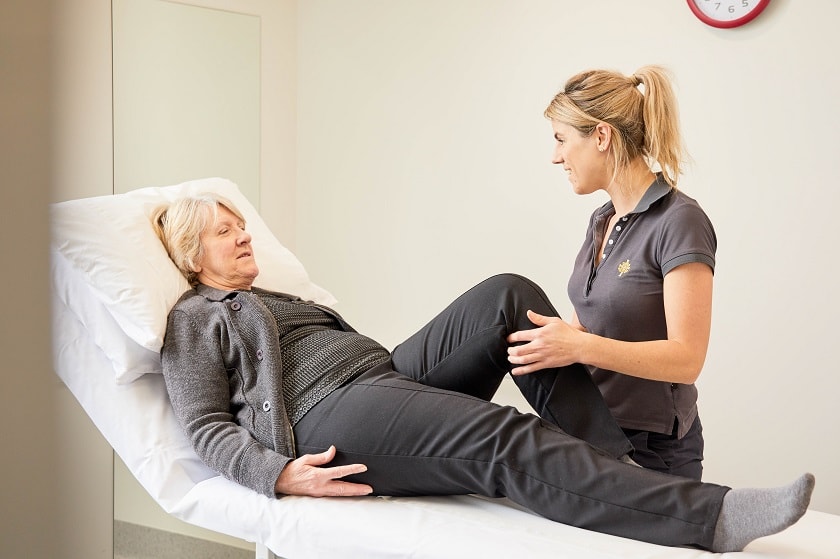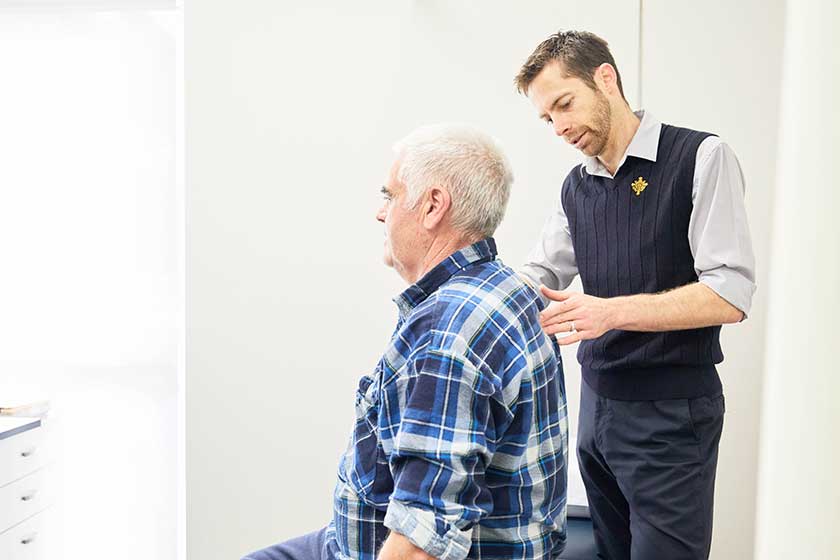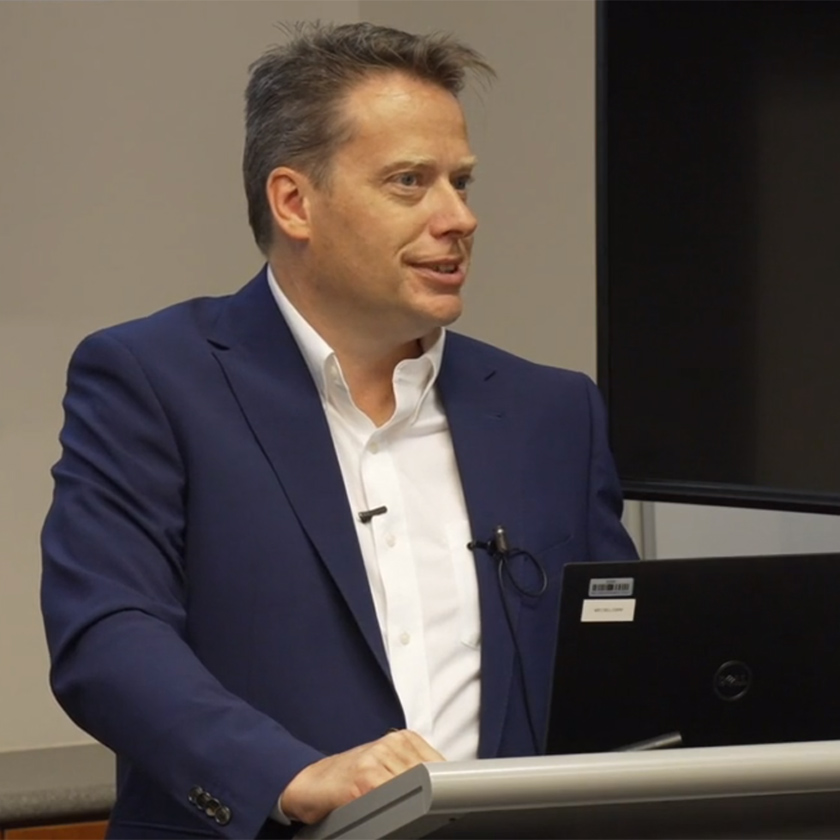The field of orthopaedics looks at the musculoskeletal system of the human body. This can be a broad field of medicine that is concerned with how the body moves and includes all the parts that make that possible such as bones, joints, ligaments, tendons, and muscles.
Often people identify an issue that requires orthopaedic assessment when they experience a restricted range of motion or pain as a result of injury, arthritis to joints, degenerative or wearing out of soft tissues, genetic conditions and mal-alignment, or trauma such as broken bones or torn tendons or ligaments.
An Orthopaedic surgeon would aim to restore a patient’s function and address the condition either through non operative means such as physiotherapy, orthotics and braces, or surgery.
Orthopaedic surgery
Orthopaedic surgery as a treatment option is often associated with older people but can equally be required in any age group. It is common in non or professional sports people or those who have regularly put physical pressure on the body’s joints and soft tissue.
Surgical procedures could include:
- Joint replacement – replacing a joint with a prosthetic version
- Ligament reconstruction and repair
- Arthroscopy – “keyhole surgery” using a small camera to assess and treat joint pathology internally
- Osteotomy – changing the shape of the bone to improve function
- Fracture repair – using metal pins and rods to hold a fractured bone in the correct place.
Orthopaedics encompasses a general field of conditions yet sub-specialists are available to treat the specific area of the body, these include:
- Upper limb (shoulder, elbow and hand)
- Hip and knee
- Spine
- Foot and ankle.
Treatment process
If you are experiencing issues with movement that may require support from an orthopaedic specialist speak to your General Practitioner (GP) in the first instance.
Some initial investigations may be required. An X-ray is used as a simple baseline scan that allows a stand back look at the area. It is a good summary of what the bone and joints look like and the relationship and alignment with surrounding structures.
Your GP or surgeon may then order other scans such as a CT scan, MRI or ultrasound, to take a close up look at the area.
Management decisions are initially based on an algorithm of functional deficits, diagnosis, natural history and non operative options. If indicated, surgery can be considered if other measures have been exhausted, and success rate likely to be beneficial and high.
An in-depth discussion with your surgeon is important to gain insight into your condition and to obtain correct, valuable and accurate information to allow informed decisions to be made.
You can research a doctor that is suitable for you via our Find a Specialist website including identifying any sub-specialties that could assist with your specific condition.








